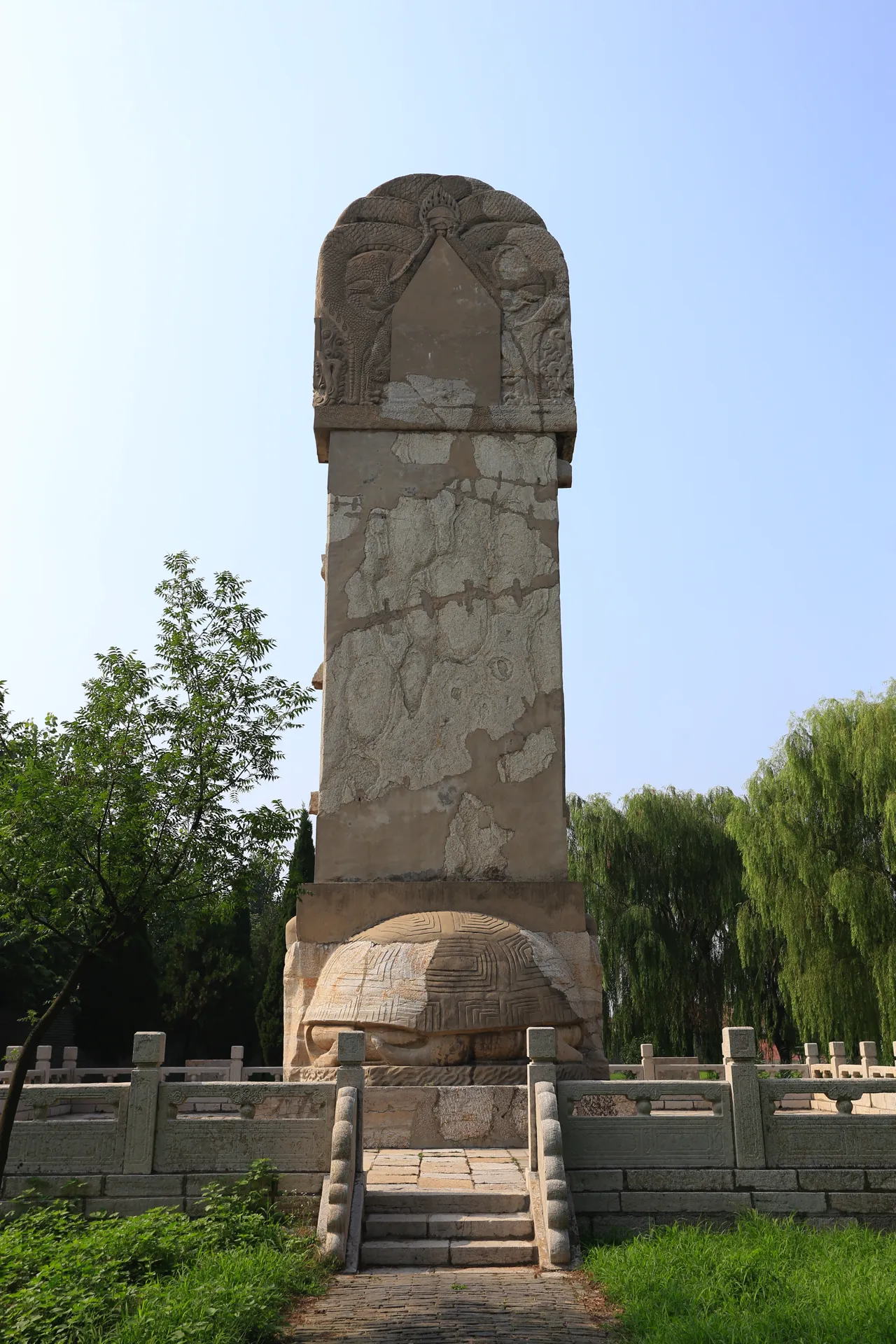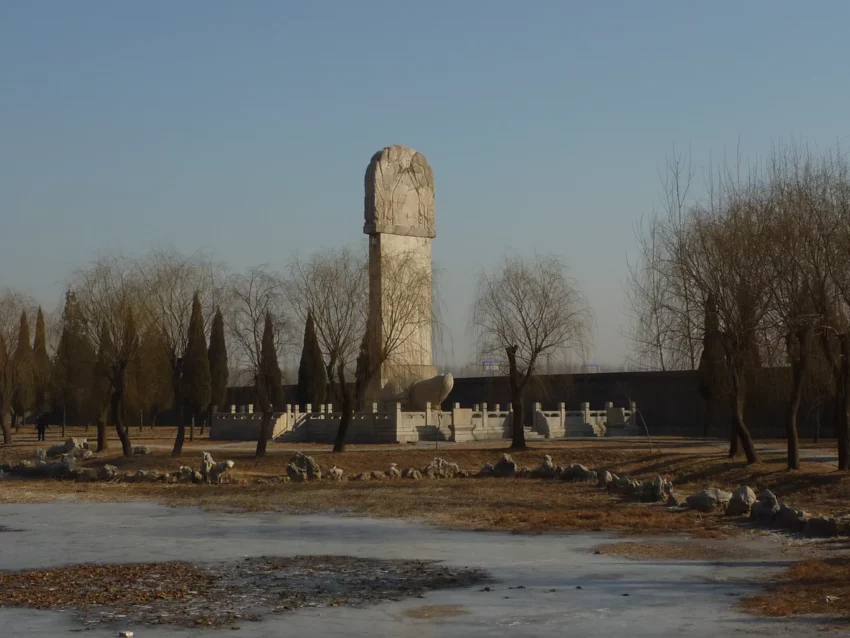The Jingling Palace Stele, located in Jiuxian Village, three kilometers east of Qufu City in Shandong Province, China, offers a window into the Song Dynasty’s rich history. This significant cultural relic stands as a testament to the historical reverence for Emperor Huangdi, whom Emperor Zhenzong of the Song Dynasty honored as the Zhao family’s ancestor. According to legend, Huangdi was born in Shouqiu, east of Qufu City.
Get your dose of History via Email
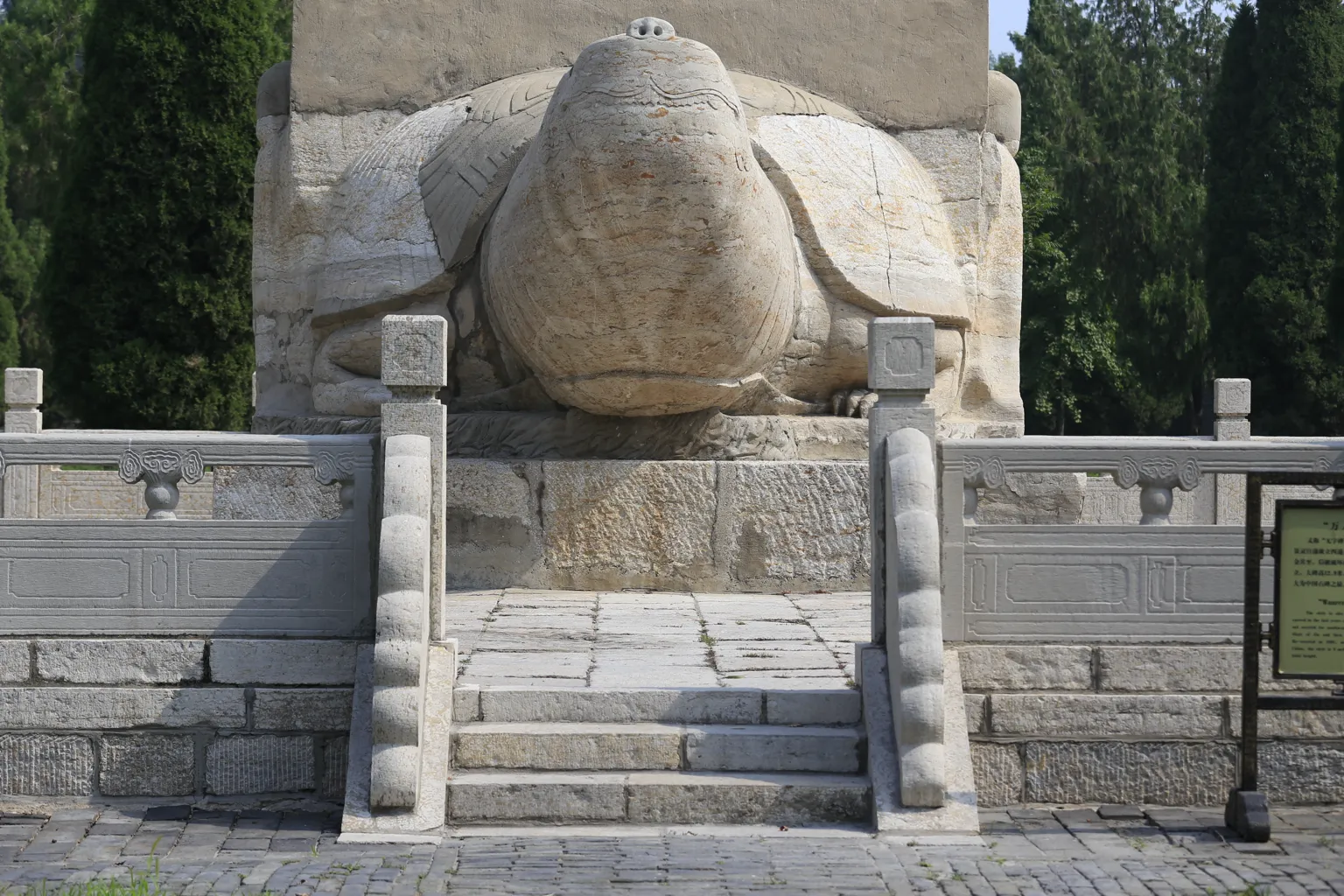
Origins and Historical Significance
In 1012, during the fifth year of the Dazhong Xiangfu period, an imperial decree transformed Qufu County into Xianyuan County. The county seat moved west of Shouqiu, and Jingling Palace was constructed to honor Huangdi. Despite its grandeur, the palace faced destruction during the Tiansheng period. It was rebuilt twice, first by Emperor Renzong and later by Emperor Huizong. Unfortunately, the Jingkang Incident led to the palace’s decline, culminating in its complete destruction by the end of the Yuan Dynasty.
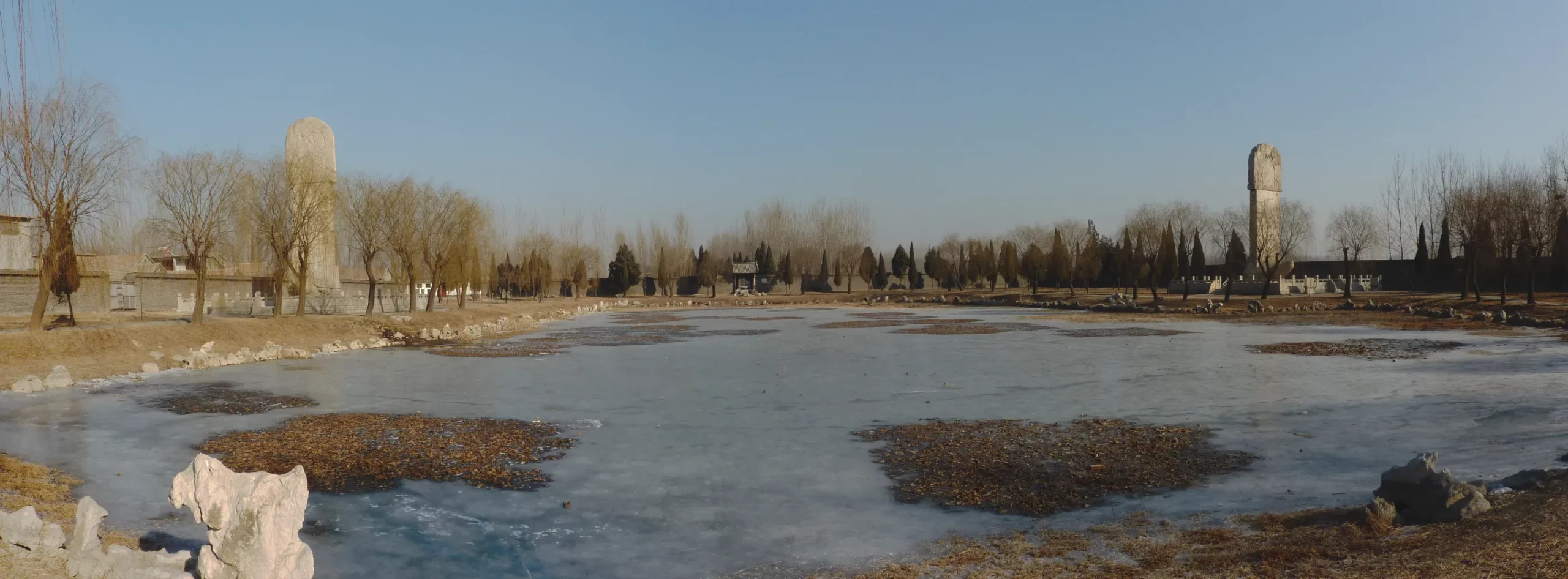
The Remaining Steles
Only two massive steles survived the palace’s destruction. These steles, known as the “Ten Thousand People’s Sorrow” stele and the “Celebrating Longevity” stele, stand tall at the original site. The “Ten Thousand People’s Sorrow” stele, re-erected in 1991, measures over 16 meters in height. The “Celebrating Longevity” stele, re-erected in 1992, is slightly shorter but equally impressive.
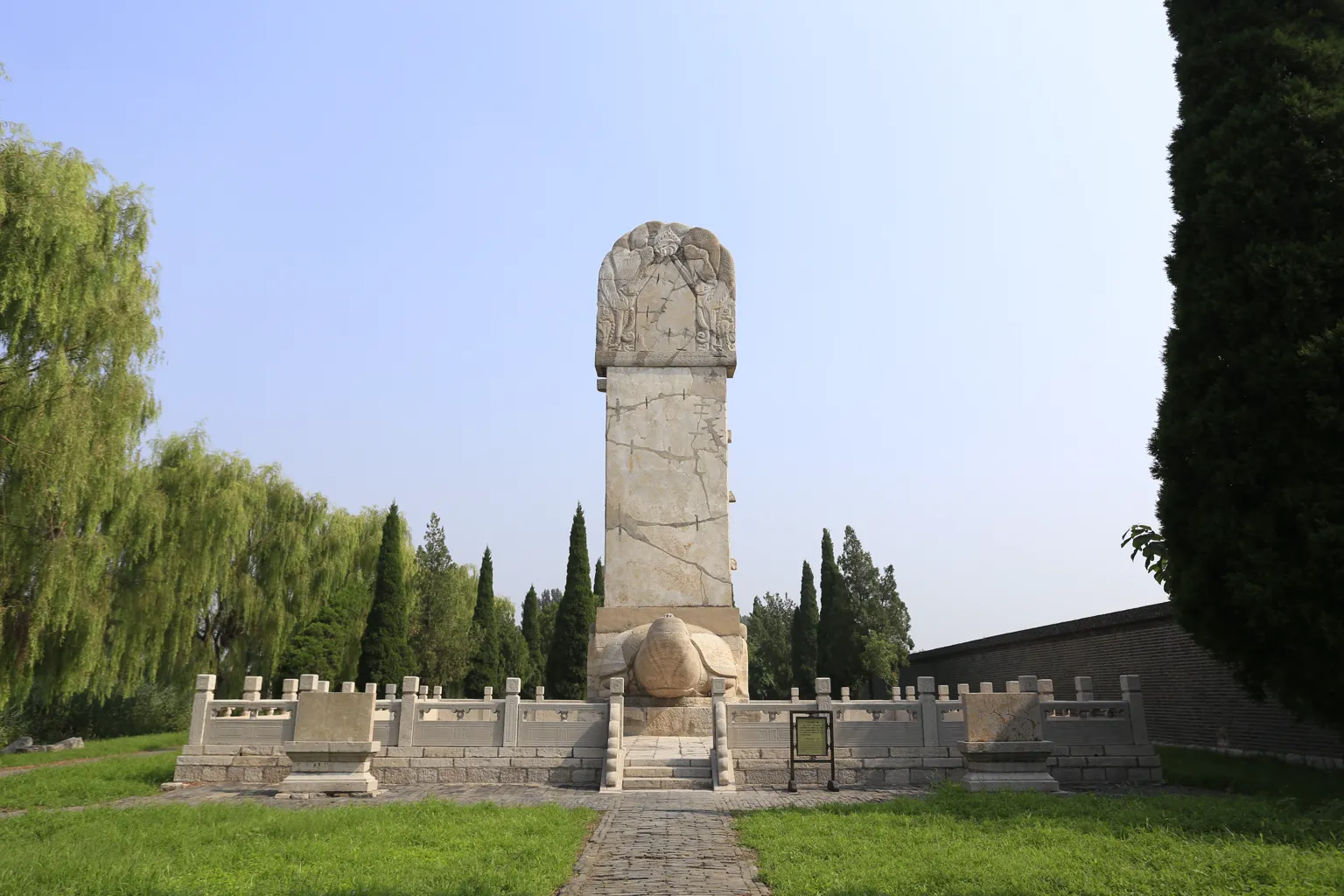
Intriguing Details
Both steles reflect the political and cultural landscape of their time. They offer insights into the era’s historical, artistic, and scientific achievements. The inscriptions detail significant events and underscore the reverence for Emperor Huangdi. The eastern stele stands 16.95 meters high, 3.75 meters wide, and 1.14 meters thick, weighing a staggering 388 tons. The western stele, though slightly smaller, still commands attention.
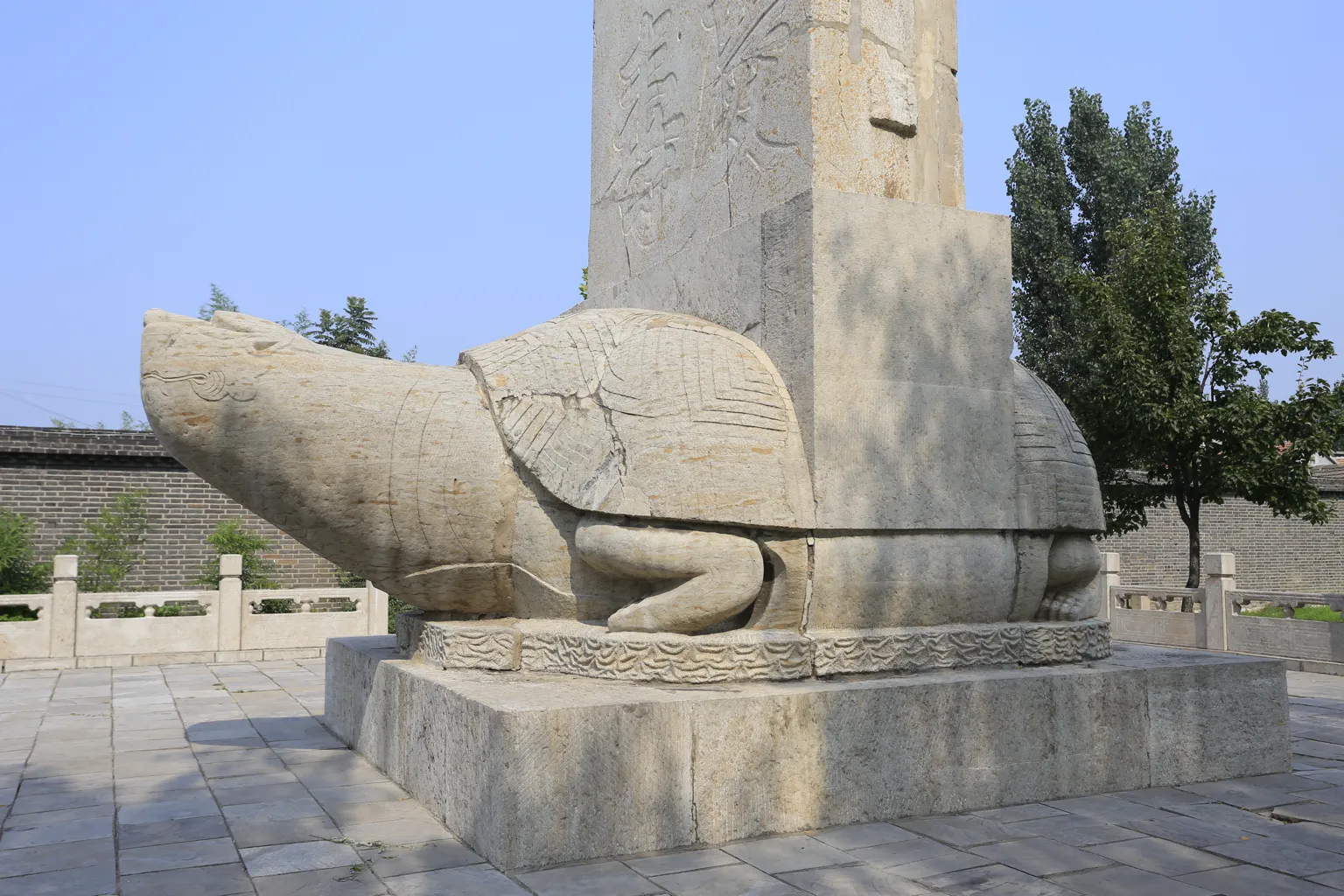
Preservation and Recognition
In 2013, the Jingling Palace Stele received recognition as part of the seventh batch of national key cultural relics protection units by the State Council of the People’s Republic of China. This acknowledgment underscores the stele’s importance in Chinese history and culture.

A Symbol of Endurance
The Jingling Palace Stele stands as a symbol of endurance and historical reverence. It tells a story of emperors, invasions, and the enduring respect for the past. Visitors to Qufu City can witness these towering monuments, marveling at their size and the rich history they represent.
In essence, the Jingling Palace Stele is more than just a relic; it is a testament to China’s rich cultural heritage and the enduring legacy of its past emperors.
